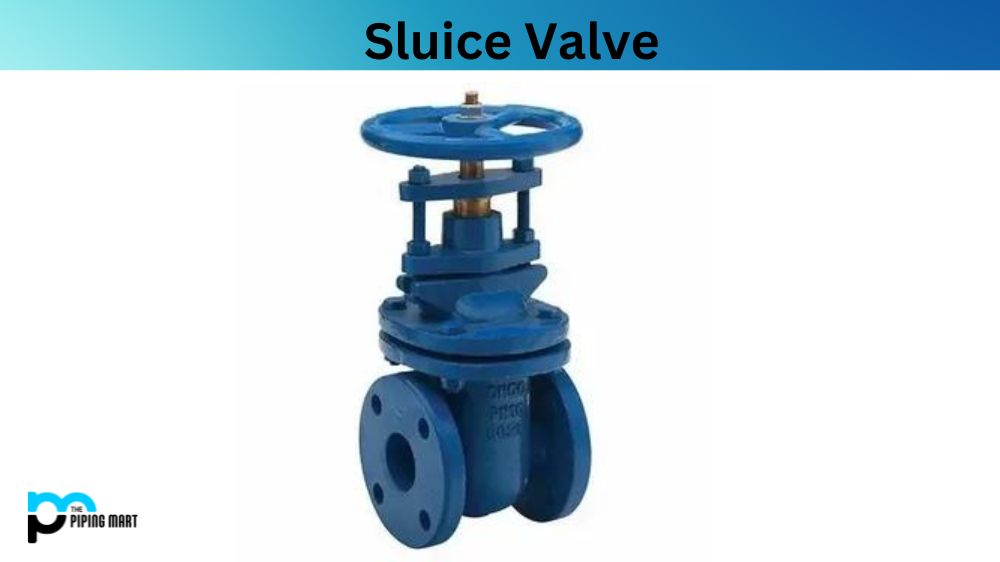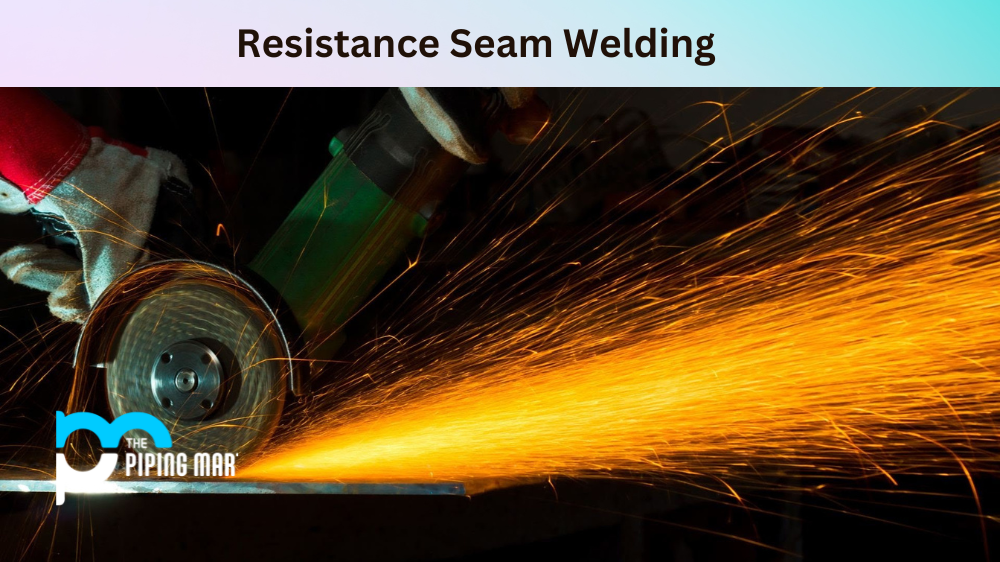Submerged arc welding (SAW) is a type of arc welding that has been around since the 1930s. It’s an efficient and reliable method of welding that is still used today. In this blog post, we’ll cover what submerged arc welding is, how it works, and its various uses.
What is Submerged Arc Welding?
Submerged arc welding (SAW) is a process of joining metals in which an electric arc forms between a consumable electrode and the workpiece. The electrical current passes through the electrode to create an electric arc between them. Unlike other types of welding processes, SAW does not require a shielding gas or flux to protect the weld from oxidation. Instead, a layer of granular flux covers the weld joint and shields it from contaminants in the air, allowing for higher-quality welds with less risk of contamination. This also makes it easier to use in outdoor applications where the wind would be an issue with other types of welding processes.
How Does It Work?
In submerged arc welding, the electrode is constantly fed into the weld pool as the electric current passes through it and creates an electric arc between them. This results in deep penetration into both pieces being joined together due to the intense heat generated by the electric arc and provides high levels of productivity because multiple passes over one joint can be completed quickly without having to change electrodes or settings. Additionally, because there are no separate shielding gases or fluxes required during this process, there are fewer variables that need to be controlled for optimal performance compared to other types of welding methods like MIG or TIG welding.
Submerged Arc Welding Uses
Submerged arc welding is commonly used for joining thick plates together for structural steel fabrication and construction projects such as bridges or buildings but can also be used on thinner materials such as sheet metal when needed. It can also be used for repair work on existing structures or components damaged by corrosion or fatigue due to its high-quality welds that provide strong joints in even difficult-to-reach locations. Additionally, SAW has found use in other industries, such as automotive manufacturing, due to its speed and efficiency when creating large numbers of identical parts quickly and reliably.
Conclusion
Submerged arc welding provides many benefits over traditional forms of welding thanks to its deep penetration capabilities and lack of need for shielding gases or fluxes during operation. Its ability to create strong and reliable welds quickly has made it popular among industries such as structural steel fabrication, construction projects, automotive manufacturing, and more. If you’re looking for an efficient method of creating reliable welds quickly without compromising on quality, then submerged arc welding might just be what you’re looking for!
Meet Heer, a dynamic and driven writer learning tricks of her trade in the metal industry. With a background in Digital Marketing, Heer brings a unique perspective to her writing, sharing valuable insights. Apart from blogging she like reading and hiking.




